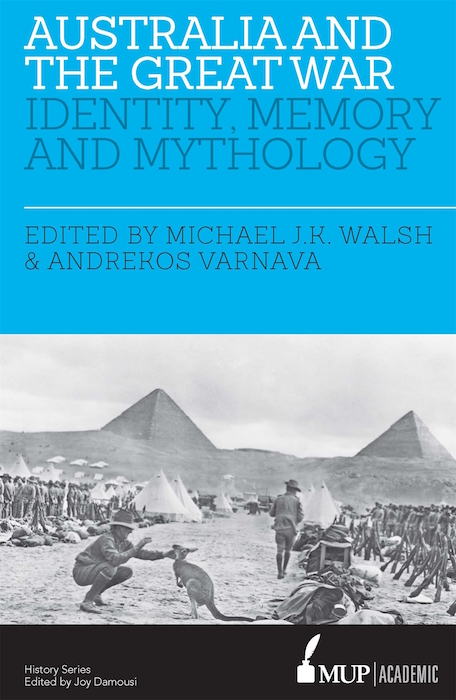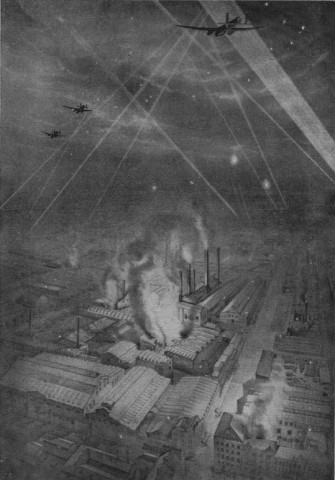
I have a new publication out — at least, it’s out electronically, I haven’t seen a physical copy yet! It’s a chapter in a collection published by Melbourne University Press and edited by Michael J. K. Walsh and Andrekos Varnava, Australia and the Great War: Identity, Memory and Mythology. My chapter is entitled ‘The enemy at the gates: the 1918 mystery aeroplane panic in Australia and New Zealand’. It’s based on my presentation at the British Empire and the Great War conference held at Singapore in February 2014, and as the title suggests is effectively an expansion of my article on the Australian mystery aeroplane panic of 1918 to encompass its New Zealand counterpart. In a way, expansion is not quite the right word, since I had to compress my discussion of the Australian side compared with the article version, and to be consistent I had to pitch the New Zealand part at the same level. But then again, compared with Australia there wasn’t anything like the archival material in New Zealand, while the press was both more sceptical and more candid about what it thought was going on. And the fear of bombardment, as opposed to espionage, seems to have been uppermost there. So there were interesting differences as well as similarities to tease out, and it ended up being more than just a rehash of the Australian article with some Kiwi stuff thrown in.
In lieu of an abstract, here’s part of the conclusion:
The mystery aeroplane panic therefore reveals how Australians and New Zealanders understood war in early 1918. They had come to imaginatively refashion their societies as home fronts in a total war, both complicit in, and hence now themselves subject to, the ever-increasing destructiveness of the war. In this they were lagging behind those societies that were much closer to the front lines. The historian Jay Winter argues that ‘The mobilization of the imagination’ is a key facet of total war, since ‘Slaughter on a grand scale needs justification’. While official propaganda plays a part in this process, much more important is ‘civil society itself’ and its ‘cultural campaign with two objectives: steeling the will of civilians to go on; and stifling dissent and thereby making it impossible to think of any alternative other than total victory and total defeat’. The mystery aeroplane panic complicates this picture slightly. First, while the threat of aerial attack may have helped unite increasingly war-weary societies around the need to continue the fight, the panic also stimulated some demand for stronger home defences, particularly in Australia, which by implication would have drawn resources away from the battle front. In this sense, by manufacturing total war in 1918 Australians and New Zealanders were beginning to imagine a different war from the one they had been fighting since 1914, one no longer focused solely on the expeditionary forces overseas but which was now coming home. Second, while the press in both countries provided the conditions required for the panic by supplying Australians and New Zealanders with a steady stream of war news, nobody actually told them that they were likely to see German aeroplanes. They drew that conclusion themselves. To a great extent, therefore, this particular mobilisation of the imagination was not just a product of civil society, but a subconscious, spontaneous and self-generated one, which took place within local contexts and then replicated on a national scale.
Australia and the Great War can be purchased directly from Melbourne University Press or in the usual places (hopefully!) I can’t self-archive my chapter, but as it happens about half of it can be read at Google Books.
![]() This work is licensed under a Creative Commons Attribution-NonCommercial-NoDerivatives 4.0 International License.
Permissions beyond the scope of this license may be available at http://airminded.org/copyright/.
This work is licensed under a Creative Commons Attribution-NonCommercial-NoDerivatives 4.0 International License.
Permissions beyond the scope of this license may be available at http://airminded.org/copyright/.





Congratulations, Brett! Cover photo needs more kangaroos, though.
Thanks, Erik. I’m afraid the cover has one more kangaroo than any other book I’m likely to be involved with!
Pingback: Welcome to Nyang Week! – Airminded
Pingback: Self-archive: ‘The enemy at the gates’ – Airminded